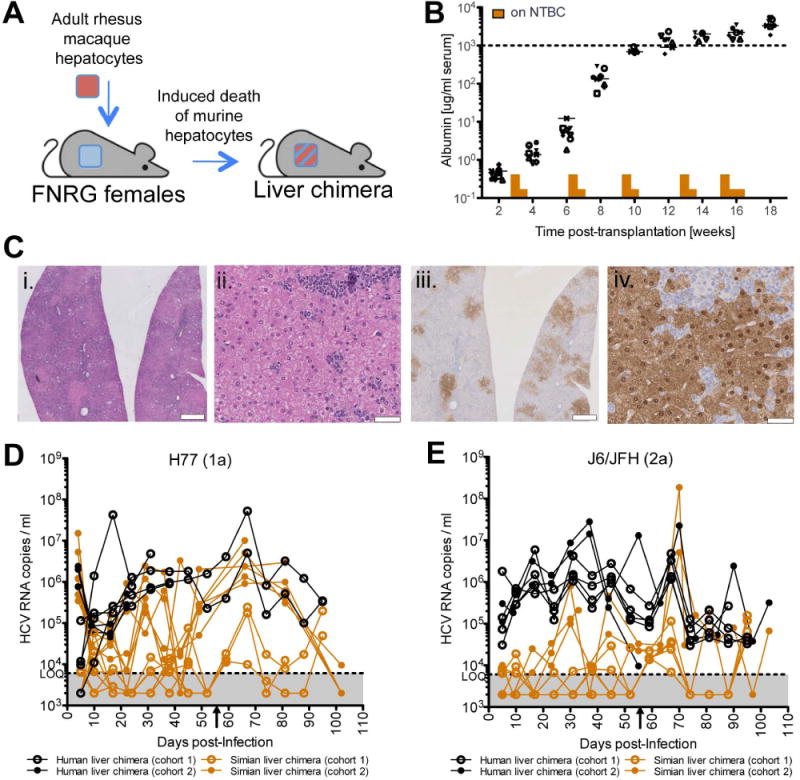Figure 4. HCV persistently replicates in simian liver chimeric mice.

(A) Construction of simian liver chimeric mice. FNRG female mice were transplanted with 1×106 rhesus macaque adult hepatocytes and cycled on NTBC and water to promote engraftment. (B) Rhesus macaque serum albumin quantified by ELISA as a marker of hepatocyte engraftment. (C) Histological sections stained with hematoxylin and eosin (H&E; panels i and ii) or anti-FAH antibody (iii and iv) identify islands of rhesus macaque hepatocytes in the murine liver. Scale bars: 1mm (i. and iii.) and 50μm (ii. and iv.). (D) Hepatitis C viremia in simianized and humanized mice inoculated with H77 (gt1a) or (E) J6/JFH1 (gt2a) determined by qRT-PCR. Arrowhead on x-axis indicates the time point at which the simianized mice in cohort 1 were reinoculated with HCV.
